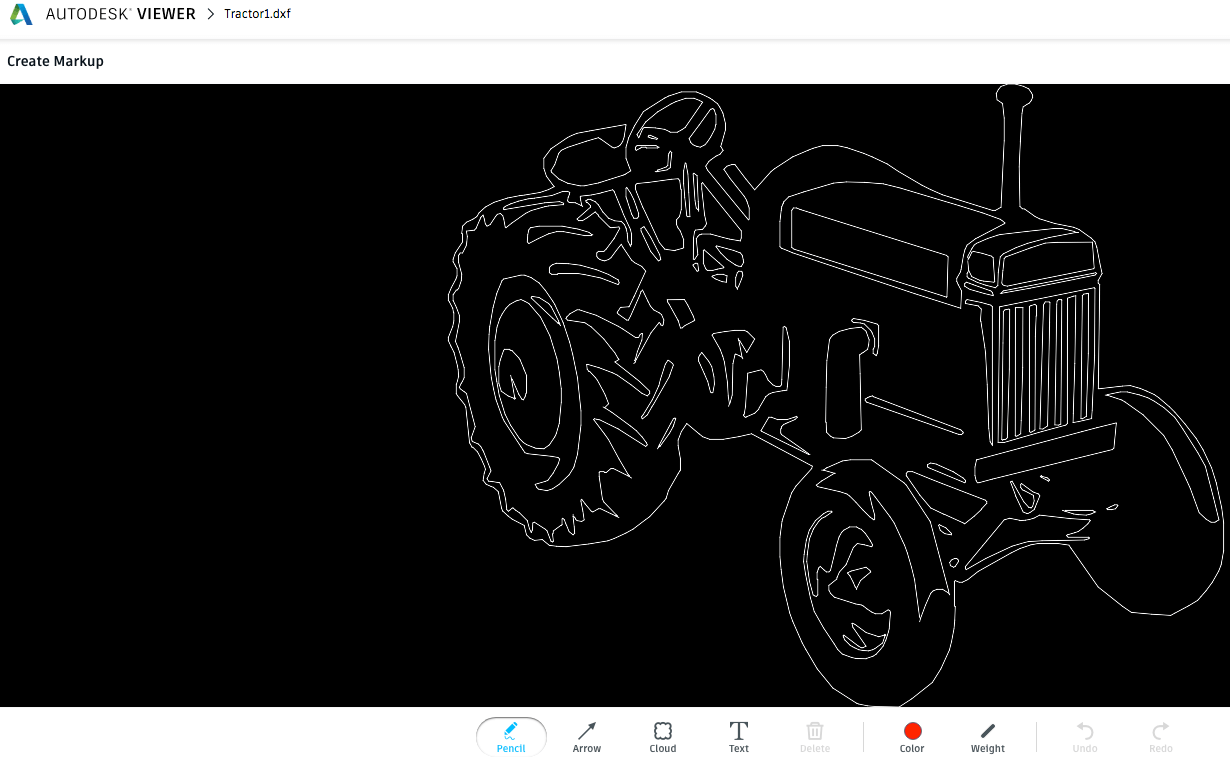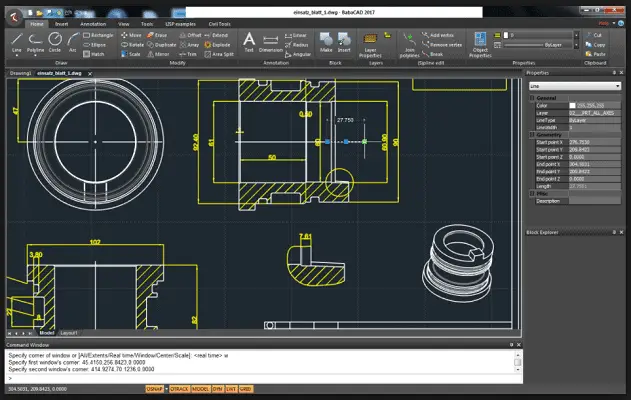


It’s one example of how Autodesk have recognized that open collaboration with the CAD industry as a whole can aid progress in design more quickly and efficiently than by working alone.īy contrast, DWG files are not open-source other than paying for the privilege, the only way to read and write such formats are through reverse engineering-a somewhat tricky operation, although many have tried.Īnd, of course, it would be naive to suggest that developing an open-source file type was an entirely altruistic project. This means that anyone with the necessary software development skills can create programs that can read and write DXF files. This proved to be a smart move: in becoming the industry standard for file sharing, DXF files became critical to many different creative industries, from architecture to fashion to manufacturing, almost overnight.ĪutoDesk publishes a specification document of the DXF file formatĭid you know that anyone in the world can access the full specification for DXF files for free, so long as they’re able to get online? The specs are published by creators Autodesk, who update them whenever a new version comes out. It precisely replicated the information held in DWG files, but in plain text, rather than binary code. What they came up with was DXF, the D rawing E x change F ormat. They set out to develop a different sort of file type one that could be accessed, modified and shared by applications across the CAD world, and not just those built by Autodesk. And so, with the technical specifications of AutoCAD’s native DWG format a closely guarded trade secret, Autodesk saw the need to offer an alternative. For some, the software would be too expensive for others, unsuited to their work. With the program, users would able to create DWG (Drawing) files, which collated the instructions to render drawings into a compact, binary file-but Autodesk recognized that not everyone would run AutoCAD. With something so commonly used as DXF, there’s room to stand back and dig a little deeper into their background, intricacies and quirks if nothing else, it will refresh our appreciation for the file’s value.ĭeveloped in 1982, the DXF file type was invented by Autodesk-in the same year that the company released the very first version of its most well-known design software: AutoCAD. ‘Yawn.’ Well, there’s always a chance you’ll find yourself surprised. To kick off our Need to Know series, we’re taking a look at DXF files : the standard exchange format used within the CAD industry.

Not only are they handy for dropping into conversation, but they also help us develop our views, knowledge and application of different areas of design.


 0 kommentar(er)
0 kommentar(er)
